OnePlus 9 review: Get the OnePlus 9 Pro instead


The OnePlus 9 I reviewed happens to be the less capable sibling to the OnePlus 9 Pro. It is no surprise, therefore, that it carries a more affordable price tag. The question is, is it more capable when compared to similarly priced offerings such as the Xiaomi Mi 11, the Samsung Galaxy S21, or even the previous generation OnePlus 8 and 8T?
Good
- The 120Hz AMOLED screen
- Solid battery life
- 50 MP ultra-wide-angle lens
- Night mode
- Powerful Snapdragon 888 processor
- The price
Bad
- No telephoto lens
- No 50W wireless charging (limited to 15W)
- Aggressive thermal throttling
- Uninspired design (but nice colors)
- No IP68 certification
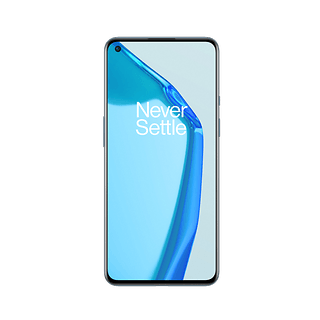
My brief opinion on the OnePlus 9
The OnePlus 9 comes in two configurations: a base 8/128GB variant and a pricier 12/256GB option priced at €719 and €819, respectively. In Europe, this translates to a marginal price increase of €20 over the OnePlus 8, and €120 over the OnePlus 8T. At these prices, the OnePlu 9 finds itself competing against the excellent Xiaomi Mi 11 (which I recently reviewed) – and not to mention, the Samsung Galaxy S21 - which my colleague Ben took a detailed look at in his review.
The OnePlus 9 comes powered by the Snapdragon 888 chipset, gets a 6.55-inch, 120Hz AMOLED display, the same 50MP "free-form" ultra-wide-angle lens as found on the OnePlus 9 Pro and a largish 4,500 mAh battery. The phone lacks a telephoto camera and gets the "old" Sony IMX689 main sensor (as opposed to the IMX789 on the Pro), just 15 Watts fast charging capability (compared to 50 Watts on the Pro), and the lack of IP68 certification.
Special note to our readers from India. The OnePlus 9 variant that will go on sale there will not feature wireless charging at all!
To sum things up, OnePlus has, like every other Android manufacturer out there, has churned out this "vanilla" model to cater to folks looking for an affordable flagship. In the process, it also makes the OnePlus 9 the least interesting smartphone in its high-end catalogue. To be very honest, I did find it difficult to like this smartphone as a value-for-money proposition as it did not offer too much improvement over its high-end smartphones that were released in 2020.
Not a very original design but sports a very nice color
Like the OnePlus 9 Pro , the OnePlus 9 features a fairly classic design for a flagship handset. I also thought that the color scheme was well executed and really made the smartphone stand out.
In short, I liked:
- the pinkish Winter Mist colour and its mirror effect
- the rather slim camera module
In short, I did not like that it has:
- no microSD memory card slot
- a very traditional design
- no IP68 certification
- a flat display (this is subjective, I know)
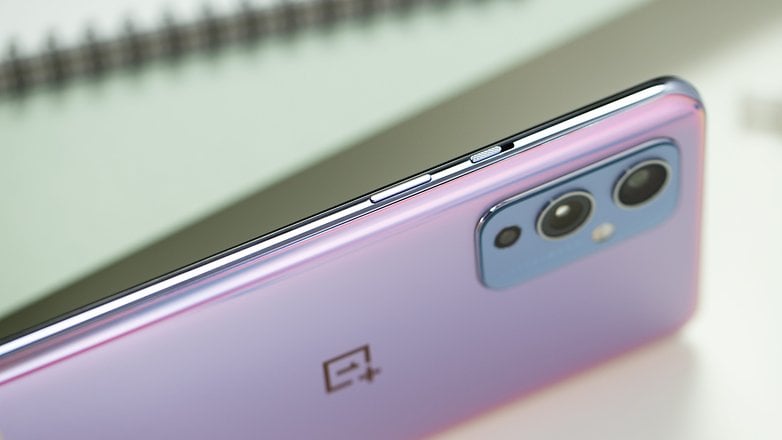
My review unit came in the Winter Mist colour with purple/purple tones whose reflections create a very nice pink mirror effect. I also had the impression that the coating on the back was meant to deliver a visual feast when you look at it from different angles. Depending on your point of view, the back's surface reflects a different intensity of colour, and it is certainly a beauty to behold.
The display of the OnePlus 9 is flat unlike that of the OnePlus 9 Pro, but its back is slightly curved with a slope that is similar to that of a Samsung 2.5D glass. We find the very handy switch or "Alert Slider" on the right side of the OnePlus 9, which is something that has become a OnePlus signature over the years.
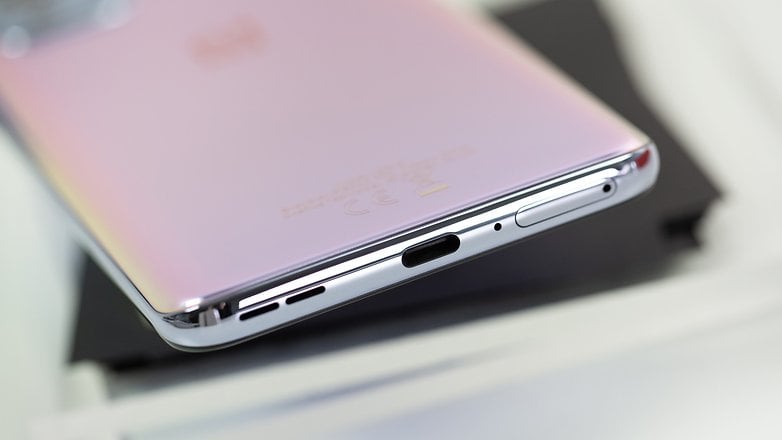
The triple camera module is arranged vertically on a rectangular island. Not the most original design, but it has, at least, the advantage of not making a nuisance out of itself by protruding in an unsightly manner. Tipping the scales at 192 grams, the OnePlus 9 has a well-balanced weight for a flagship device.
On the other hand, the lack of a microSD memory card slot is a shame, while skipping on IP68 certification grates on me even more, since this is a flagship device that should come with the latter at the very least.
Overall, the OnePlus 9 sports a really conventional design which does not impress me. There isn't too much to separate it from the previous year's models. However, the very nice color and metallic effects are worthy of a premium smartphone.
A very nice AMOLED 120 Hz display
The OnePlus 9 packs a 6.55-inch Fluid AMOLED display with a Full HD+ 2400 x 1080 pixels resolution at 402 ppi (pixel density) in a 20:9 aspect ratio. There's also an adaptive 120Hz refresh rate, a maximum brightness level of 1,100 nits, and a touch sampling rate of 240Hz.
In short, I liked the:
- 120 Hz refresh rate
- maximum brightness of 1,100 nits
In short, I didn't like the:
- "smart" adaptive refresh rate
- touch sampling rate is limited to 240 Hz without HyperTouch mode
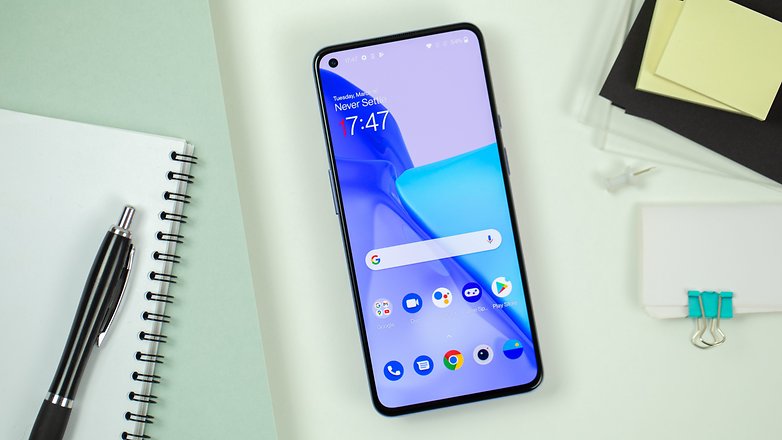
The AMOLED display boasts of excellent quality, but it does not benefit from the Fluid Display technology that is found on the OnePlus 9 Pro. This phone also missed out on LTPO technology on the Pro variant that supposedly makes the OnePlus 9 Pro's display less power-hungry in addition to delivering more touch sensitivity and stable framerate.

I also regret to see that the OnePlus 9 skipped the HyperTouch mode that is found on the Pro model, which increases the touch sampling rate from 240 to 360 Hz. This means we're stuck on 240 Hz in perpetuity. Gamers might find this to be more of an annoyance than a regular smartphone user.
I'm also a bit sceptical about the claimed adaptive refresh rate. By activating the native FPS counter of Android 11, I could see that we dropped from 120 Hz on Call of Duty: Mobile to 60 Hz on YouTube or Netflix. OnePlus even claimed that the refresh rate can even drop all the way to as low as 1 Hz when it comes to reading text or viewing photos.
Try as I could, I never experienced a 1 Hz refresh rate throughout my review. In fact, the lowest refresh rate I achieved was 30 Hz, and that was only possible when I was using the keyboard in certain messaging apps or just using the search bars on Google, Maps, Spotify, or YouTube.
Overall, I found the OnePlus 9's display to be very good, period. And at the same time, there's no need to make a big deal out of it or write a lengthy ode about it. I'm not fully convinced by all the marketing hype surrounding adaptive and smart refresh rates. However, for a flagship device that runs on Android, this AMOLED display does, indeed, deliver.
The Snapdragon 888 is powerful but runs hot
The OnePlus 9 packs the Snapdragon 888 chipset, which is the latest high-end 5G SoC from Qualcomm. We find the tri-cluster structure with one Cortex-X1 clocked at 2.84 GHz, three Cortex-A78 clocked at 2.42 GHz, and four Cortex-A55 at 1.8 GHz running underneath the hood.
In short, I liked:
- the overall gaming experience offered
- the sheer power of Snapdragon 888
In short, I did not like the:
- Fnatic mode that does not increase performance significantly
- really unstable framerate after 30 minutes of game time
- aggressive thermal throttling
OnePlus 9
| Benchmarks | OnePlus 9 | OnePlus 9 Pro | Xiaomi Mi 11 | OnePlus 8T |
|---|---|---|---|---|
| 3D Mark Wild Life | 5683 | 5670 | 5702 | 3812 |
| 3D Mark Wild Life Stress Test | 5716 | 5698 | 5697 | 3792 |
| Geekbench 5 (Single / Multi) | 1119/3657 |
1112/3633 | 1085/3490 | 887/3113 |
| PassMark Memory |
32124 | 31891 | 26.333 | 27766 |
| PassMark disk |
115311 | 112370 | 120.430 | 98574 |
Like the Xiaomi Mi 11, some graphics benchmarks don't work as they are simply too outdated to properly benchmark the Snapdragon 888 chipset. But you would suspect that in terms of raw power, the OnePlus 9 ranks right at the very top tier.
I was even surprised to obtain better scores than the OnePlus 9 Pro, when each had Fnatic and Gaming Pro modes enabled.
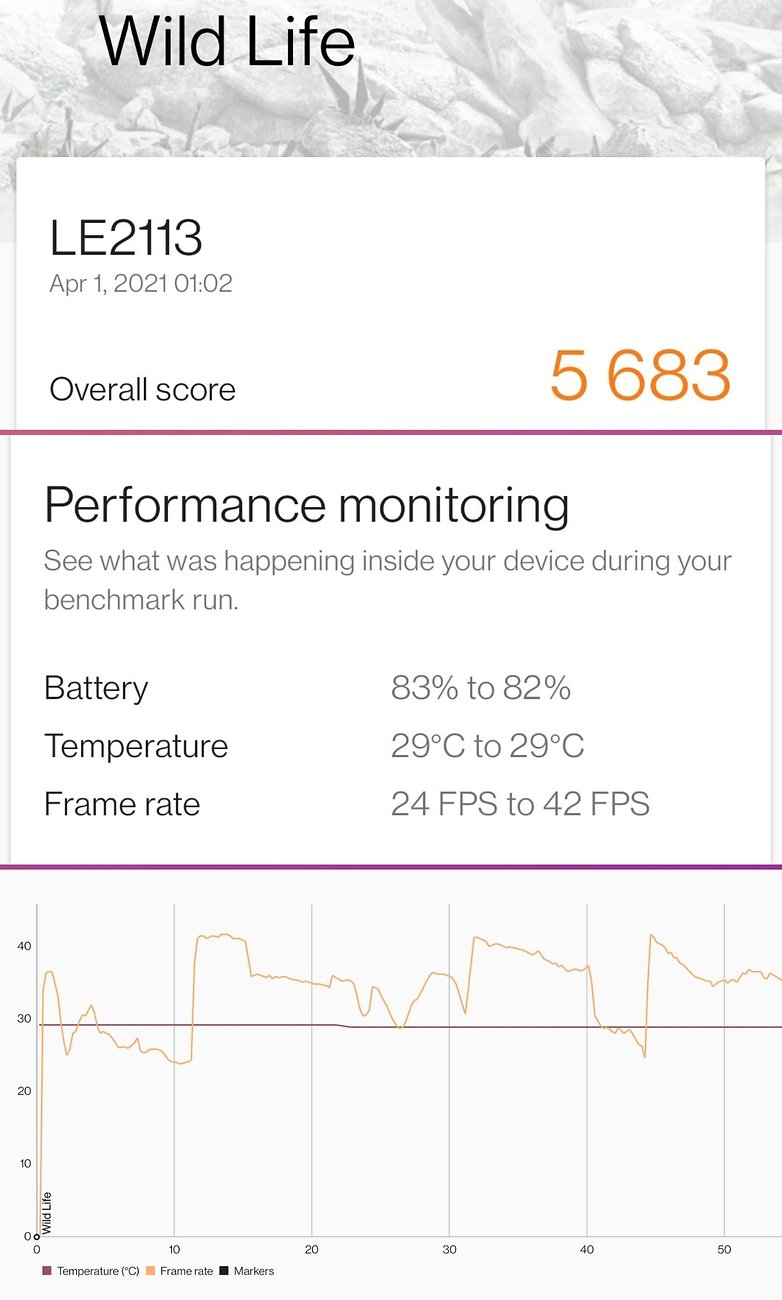
I also noticed a very strong tendency of the OnePlus 9 to enable thermal throttling very early on whenever the temperature begins to rise a little. Thermal throttling is a safety mechanism within a chipset that limits performance to prevent overheating. It is a double-edged sword but an essential one and works best if properly implemented. The smartphone did not feel as though it was overheating quickly upon touching it, but the internal temperature does rise rather quickly.
In our 20-minute test session of the Wild Life Stress Test benchmark, the OnePlus 9 went from 35 to 43°C, which was not abnormal, but it was unable to maintain a stable framerate, oscillating between 13 and 42 FPS. In fact, as soon as the smartphone reached 40°C, the framerate plummetted and remained below 20 FPS.
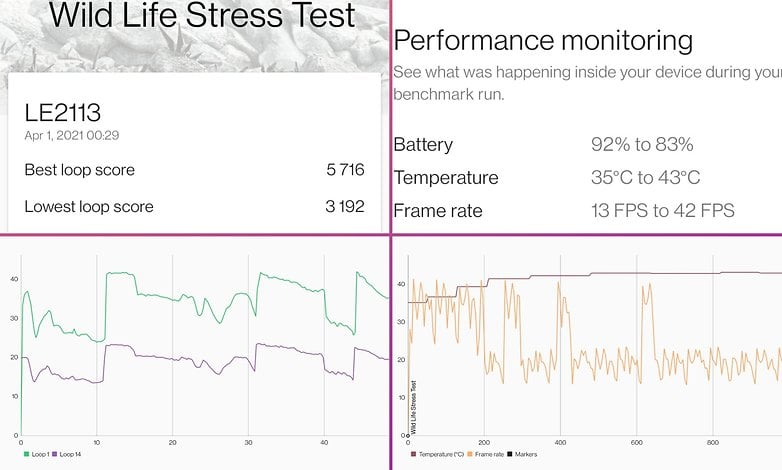
Again, I would like to remind you that these Wild Life benchmarks simulate unrealistic and really intense usage that most smartphone users will not experience in the first place. However, I'd rather OnePlus improve its cooling system than throttle its performance to avoid overheating.
The Hasselblad camera module
The OnePlus 9 packs a triple camera module co-developed with Hasselblad with the following specifications:
- 48 MP wide-angle prime lens: Sony IMX689, 1/1.43" (sensor size), 2.24μm (pixel size with 4-in-1 binning), EIS, f/1.8 aperture, 23mm equivalent
- 50 MP ultra-wide angle lens: Sony IMX766, 1/1.56" (sensor size), freeform lens, f/2.2 aperture, 14mm equivalent
- 2 MP monochrome sensor
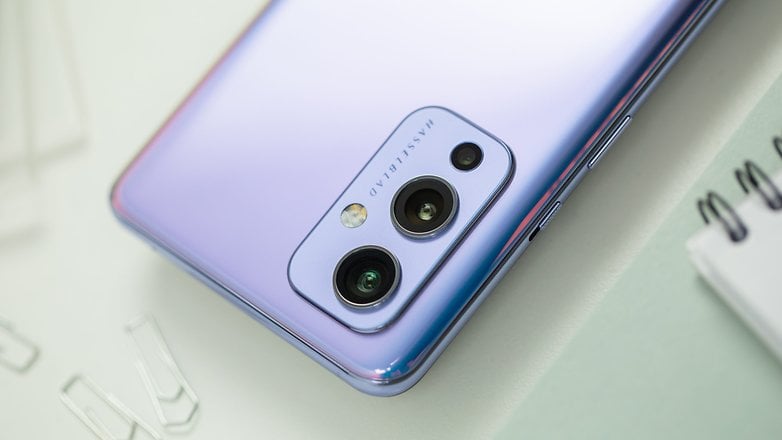
Wide-angle photos on the OnePlus 9
The OnePlus 9's main 48MP sensor is not the same one as found on the Pro model. It's the Sony IMX689 that is used on the OnePlus 8 Pro, and not the newer Sony IMX789 that powers the OnePlus 9 Pro. However, it is a significantly better performer than the older Sony IMX586 that you see on the OnePlus 8T.
The highlight of this Hasselblad camera module would be the colorimetry. I find the colors to be slightly saturated but not oversaturated. Overall, I really like the result, although there are times when the photos seemed to be too sharp to the eyes.

The highlight of the 48 MP main sensor would be support for native dual ISO, 12-bit RAW, and 3-HDR. This 3-HDR technology that was unveiled on the OnePlus 8 Pro last year supposedly harmonized the exposure of both the background and foreground, so that it can achieve a wider dynamic range.
For the record, I find the dynamic range management disappointing compared to the OnePlus 9 Pro. Check out the second photo of the Old Museum in Berlin below. The columns on the front facade are totally drowned in shadows while the scene remains perfectly bright without any backlight.

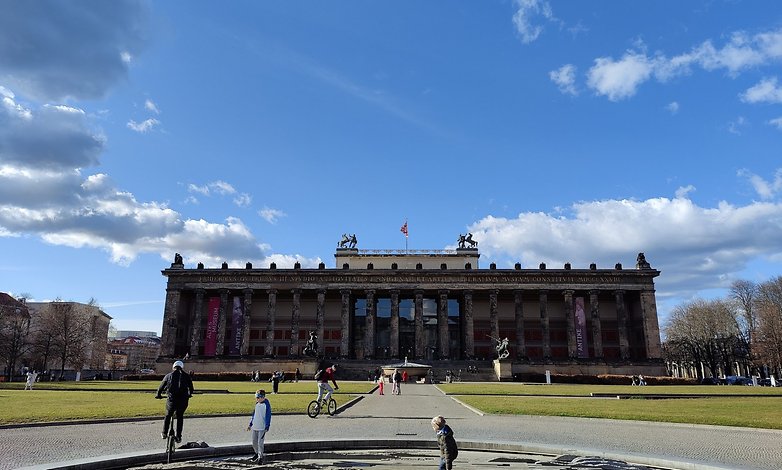
The OnePlus 9's ultra-wide angle photos
The OnePlus 9 packs the same Sony IMX766 ultra-wide-angle lens as the OnePlus 9 Pro, which is an "upgrade" from the 48 MP on the OnePlus 8 Pro sensor. The main difference would be the integration of so-called "freeform" lenses, which are supposed to limit the distortion effect to less than 1%.


I found that the ultra wide angle shots had a slight color inconsistency compared to the wide angle shots. But the large 1/1.56-inch sensor, which is larger than that on the Samsung Galaxy S21, captured enough light to offer a good degree of detail even if you can see the digital smoothing when comparing it to wide-angle shots.



Zooming in with the OnePlus 9
Unfortunately, the OnePlus 9 does not benefit from the telephoto lens that remains the exclusive domain of the OnePlus 9 Pro. Honestly, I would have preferred a telephoto lens, even a mediocre one, to the 2MP monochrome sensor.

This makes the magnification a purely digital effort and offers zoom levels from 2x to 10x. Of course, the level of detail drops considerably once you go beyond the 2x mark.
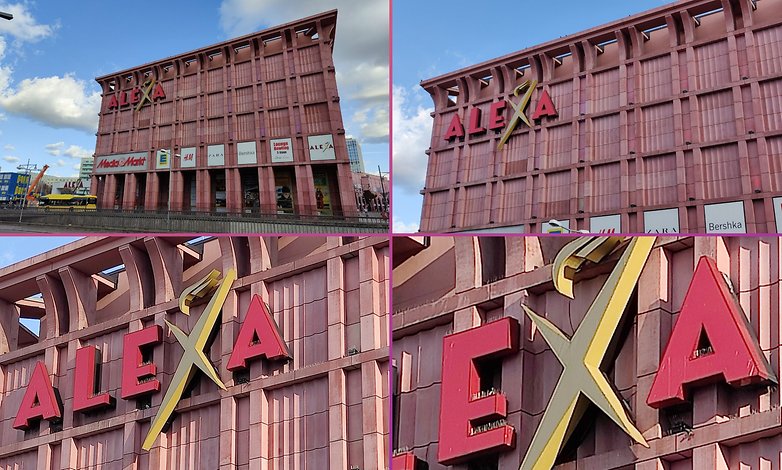
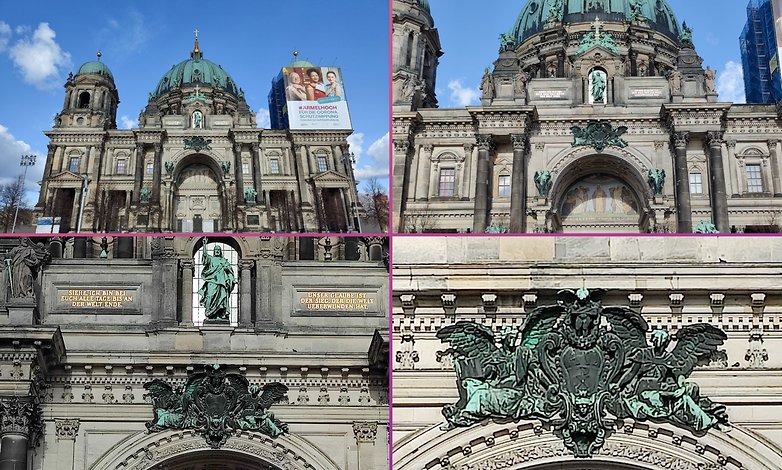
I think it's a real shame to go without a telephoto lens that brings so much versatility and helps enrich the user experience. This should be standard for any flagship. In fact, I made this same criticism when it concerned the Xiaomi Mi 11.


How are night shots on the OnePlus 9?
At night, I found the OnePlus 9 to perform quite well, similar to the Pro model. The dedicated night mode, known as Night Scape, only works with the ultra-wide and main wide-angle lenses. Under good lighting conditions where urban lighting is concerned, it doesn't force the exposure too much and the shots remain "natural", letting you know that it was taken at night.
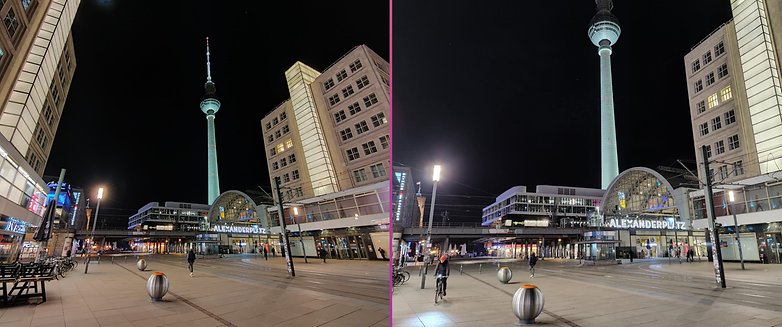
I found that the OnePlus 9 handles strong light sources rather well by preventing urban lighting from totally burning out the image, for example. Digital noise is obviously present and this obviously allows the sharpness level to take a hit.

Even with the ultra-wide angle lens, a sensor that has a lot of trouble in low light, the OnePlus 9 fares far better than many of its Android competitors.

Overall, I found that OnePlus has made very clear progress in terms of photography. However, I found Hasselblad's contribution to be too limited on the OnePlus 9 as it does not benefit from the latest technology that was implemented in the Pro model. The camera module fares better than the OnePlus 8 and 8T, but it still lags behind the Galaxy S21.
Solid battery life but no 50W wireless charging
The OnePlus 9 packs a 4,500mAh dual-cell battery and offers Warp Charge 65T wired fast charging but not the new Warp Charge wireless charging at 50 watts, which is reserved for the Pro model.
In short, I liked the:
- solid battery life
- Warp Charge 65T wired charge
In short, I didn't like the:
- 4,500 mAh battery capacity that could have been larger
- missing 50 Watts wireless charging support that remains exclusive to the Pro model (limited to just 15 Watts on the base model)
- No wireless charging on the India-spec model
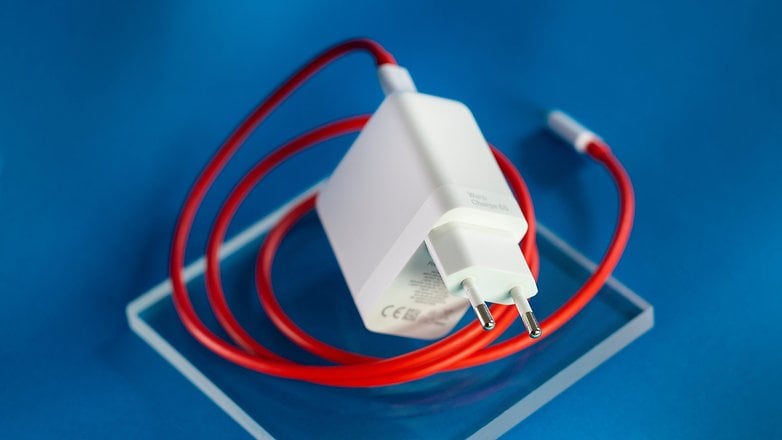
On a day-to-day basis, the OnePlus 9 lasted 13 hours before falling below the 20% remaining battery life mark. This is slightly longer than the OnePlus 9 Pro. It is definitely an above-average score considering how I did push this smartphone hard during my benchmark tests and photo shoots with the screen settings at Full HD+/120 Hz (adaptive refresh rate).
The Warp Charge 65T wired fast charging already debuted alongside the OnePlus 8T, which also sported the same 4,500mAh dual-cell battery. I was able to charge the OnePlus 9 from 0% to 100% in just 30 minutes or slightly less, on average.
As for testing out the Warp Charge 50 Watt wireless charger, unfortunately, I forgot to bring home the wireless charger from the office to my home. It would not have made any difference anyway, as the base OnePlus 9 is limited to just 15 Watts when charging wirelessly.
The OnePlus 9's battery life is decent with its 4,500 mAh battery, despite the battery capacity not wowing anyone in theory. The Warp Charge 65T is still very efficient and pleasant to use.
OnePlus 9 specifications
OnePlus 9
| Model | OnePlus 9 |
|---|---|
| Processor | Snapdragon 888 |
| Memory |
|
| Expandable storage |
None (no microSD memory card slot) |
| Connectivity | 5G |
| Screen |
|
| Size | 160 x 74.2 x 8.7 mm |
| Weight | 192 grams |
| Camera |
|
| Video |
|
| Battery capacity | 4,500 mAh |
| Charging technologies |
|
| Audio | Dual stereo speakers with Dolby Atmos |
| IP certification | No |
| OS | OxygenOS 11 based on Android 11 |
| Price | from €719 onwards |
Conclusion
For €719, I don't see any Android smartphone that can really offer a better solution than the OnePlus 9. Maybe the Realme GT will prove me wrong when it finally hits the market in due time.
I challenge you to name a smartphone with a 120Hz AMOLED display, a Snapdragon 888 chipset , 65W fast charging capability, and a decent triple camera module for under €719 (China-only models don't count).
For all the features mentioned, it offers plenty of bang for your hard-earned buck. But if I were to take this handset as a standalone device, there were times when I actually felt that I had a OnePlus 8T in my hands instead throughout the review duration.
Sure, the OnePlus 8T is powered by a slower Snapdragon 865 chipset and an outdated Sony IMX586 main camera sensor, but it also sports same 120Hz display, the same 4,500mAh battery, and the same 65 Watt fast charging capability. Add all of those to the lack of widespread 5G support, or corners being cut like missing IP68 certification and plastic edges on a flagship device, and you end up with the OnePlus 9.
If there's one OnePlus smartphone to buy this year, it's the OnePlus 9 Pro. As a user of the OnePlus 8T since its release, I see no reason to upgrade to the base OnePlus 9 right now. This is a harsh indictment, especially since we're looking at a very good smartphone on paper, but I base my rating more on the lack of ambition of the manufacturer who once again bet the farm on their Pro model.

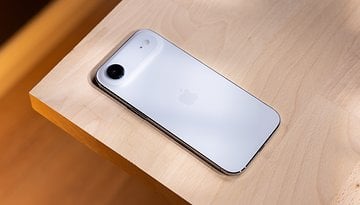
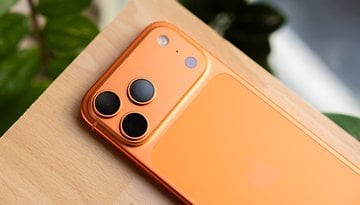
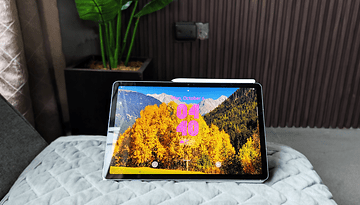

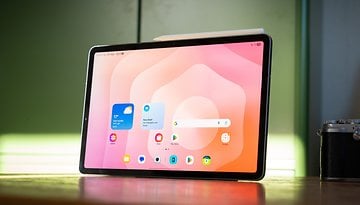

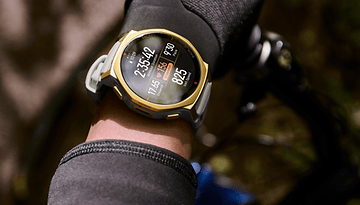
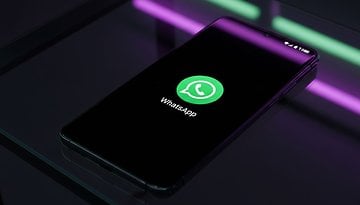
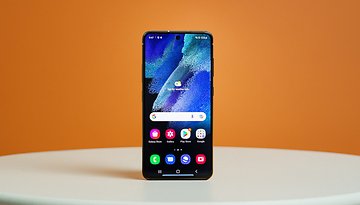

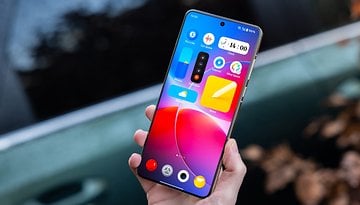
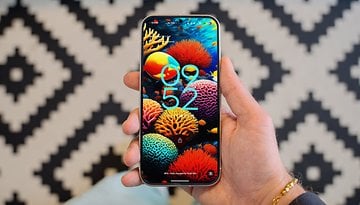


Any time I choose to buy an Oppo OnePlus phone (I've had 3, OnePlus 1, 6T, 7T) 6T I damaged the screen...
I wait til a new more expensive model comes along, then buy the last years model, typically 40-50% less expensive. Better bang for the buck.